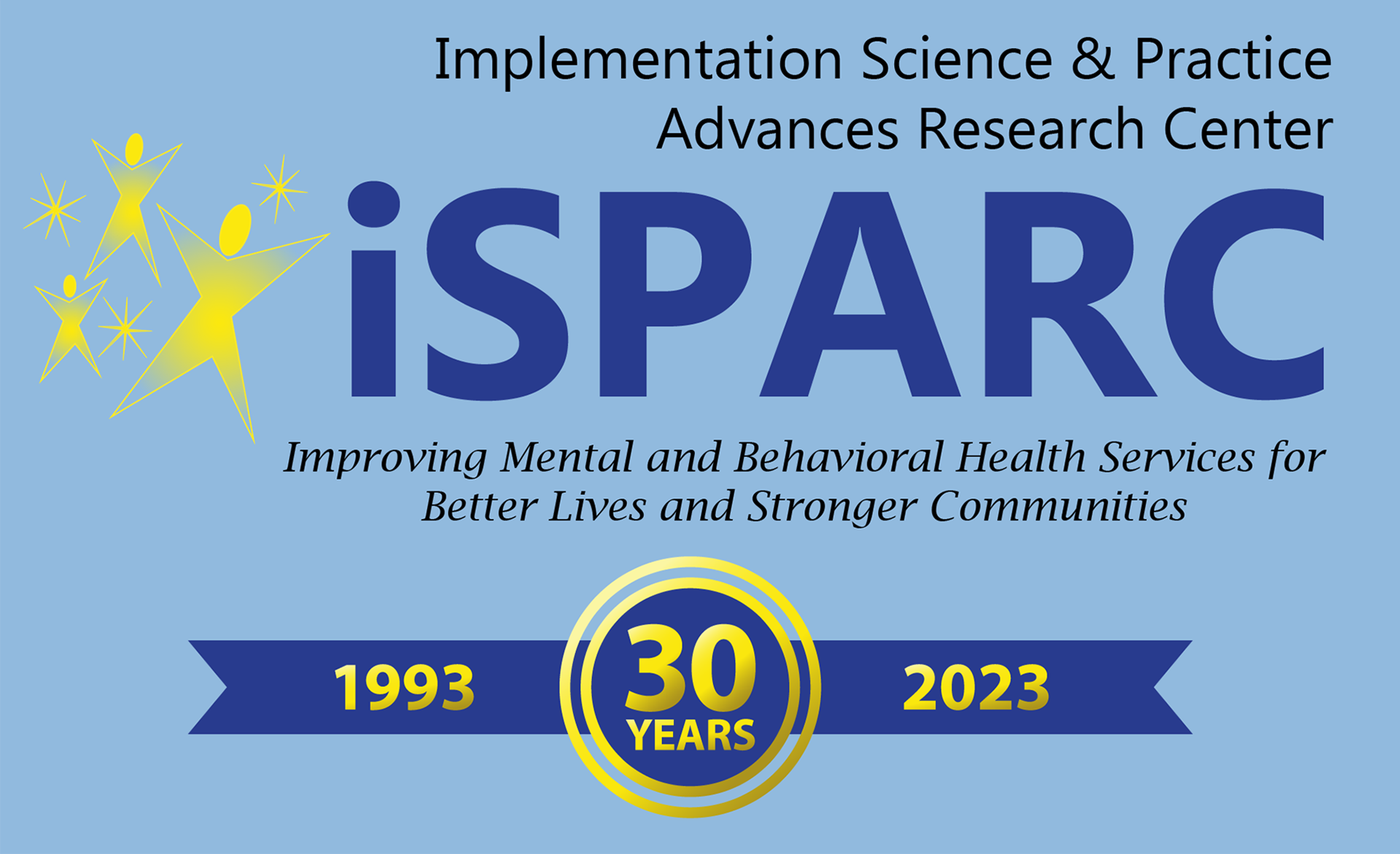History and development of the MAYSI-2
The Need
During the 1990s, trends in youth arrests led to a significant increase in the proportion of youths entering the juvenile justice system with troubling behavioral health needs. Research showed that as many as two-thirds met criteria for mental disorders. This produced the need for a way to help juvenile justice staff identify such youths entering detention and corrections facilities, preferably within the first hour or two after entry. Before 2000, there were no brief screening tools available with which juvenile justice personnel, without the assistance of a mental health profession, could identify youths at entry who might have special mental health problems requiring immediate attention.
Responding to this need, researchers at the University of Massachusetts Chan Medical School began developing a brief screening tool that could be administered and scored by juvenile detention intake and probation officers. The objective was not to diagnose mental disorders, but to alert staff to youth who might (a) present immediate risk (e.g., suicide potential) or might need further assessment by a mental health professional.
Early Development of MAYSI (1997-2000)
In 1997, Thomas Grisso and Richard Barnum obtained research funding from the William T. Grant Foundation for a three-year project to develop such a tool. After constructing and pilot-testing a prototype, they collaborated with the Massachusetts Department of Youth Services (DYS) to administer the prototype to 1,279 male and female youths ages 12 through 17 consecutively admitted to DYS detention and corrections facilities. Factor analysis of these data created the seven MAYSI scales.
Scores on the scales were examined demographically and for appropriate reliability. The prototype had been administered together with two comprehensive validated mental health assessment instruments. Comparison of MAYSI scale scores to comparable scales in those measures created the first evidence of the MAYSI’s validity, as well as the appropriate cut-off scores on each MAYSI scale to identify youths with greater needs. A MAYSI Manual was copyrighted and made available in 1999, and Pennsylvania joined Massachusetts as the first states to adopt MAYSI for use in all their juvenile detention centers.
Evolution of MAYSI-2 (2000-2005)
Research funding by the John D. and Catherine T. MacArthur Foundation (2000-2003) led to refinements, including data from a large sample of youth in California juvenile facilities. This created a second version, the MAYSI-2, commercial publication of a MAYSI-2 Manual through Professional Resource Press (2003), and initial efforts to promote use of the MAYSI-2 nationwide. MacArthur Foundation funding also allowed for development of a Spanish language translation of the MAYSI-2 suitable for use across Spanish dialects within the U.S.
In 2002-2005, the William T. Grant Foundation provided funding for the MAYSI-2 Project to perform a National Norms Study, in which data were received from juvenile justice programs nationwide that had been using MAYSI OR MAYSI-2. This produced new national norms for MAYSI-2 based on 70,423 juvenile cases from 283 different juvenile facilities in 19 states. A second edition MAYSI-2 Manual (2006) was published, replacing the original Massachusetts-based norms and with slightly revised scoring criteria.
The MAYSI-2 Project developed software called MAYSIWARE, allowing MAYSI-2 computer administration to youths, automatic scoring, and archiving of cases. Availability of MAYSIWARE was discontinued in 2017, when exclusive rights were given to Orbis Partners to offer Web MAYSI-2, an online subscription service available to juvenile justice programs.
National and International Implementation (2004-2014)
From 2004-20014, the John D. and Catherine T. MacArthur Foundation provided a series of grants for research and implementation of MAYSI-2. These grants especially promoted the MAYSI-2 Project’s technical assistance to states that were participating in the MacArthur Foundation’s 10--year initiative entitled Models for Change: Systems Reform in Juvenile Justice. Federal agencies and juvenile justice standard-setting organizations began featuring the MAYSI-2 as an evidence-based best practice for meeting youths’ needs at juvenile justice contact.
During these years, MAYSI-2 became the most widely used behavioral health screening tool in juvenile justice in the U.S. It is used in all states and, in at least two-thirds of states, is used statewide in their juvenile detention, probation, or corrections settings. Maintenance of a MAYSI-2 Helpdesk at the UMass Chan Medical School continues to sustain these gains by offering technical assistance to MAYSI-2 users.
In response to interest abroad, the MAYSI-2 Project helped create a consortium of juvenile justice researchers in 10 European countries and Russia called International Forensic Screening and Assessment Network for Adolescents (INFORSANA). Between 2010-2017, the INFORSANA consortium collaborated to create 10 language translations of the MAYSI-2 questionnaire and scoring forms. Information about these MAYSI-2 language translations can be obtained by contacting the MAYSI-2 Helpdesk. The group’s collaborative research continues to provide cross-national and cross-cultural perspectives on mental health needs in juvenile justice systems around the globe.
Research on MAYSI-2
Across the years, over 100 scientific research studies have been published examining the reliability, validity, and utility of the MAYSI-2. All but a few were performed by researchers other than those associated with the MAYSI-2 Project. Together those studies support the validity of the MAYSI-2 scales, identify its appropriate use and limits, and verify the MAYSI-2’s effectiveness for identifying youths’ behavioral health needs in juvenile justice settings. The MAYSI-2 Helpdesk can assist researchers in locating past MAYSI-2 research and advising them on plans for future research using the MAYSI-2.
A MAYSI-2 Research Bibliography is available. Updated annually, it provides a list of scientific studies using or examining the MAYSI-2, reported in professional journals, doctoral dissertations, and state-based project reports.
